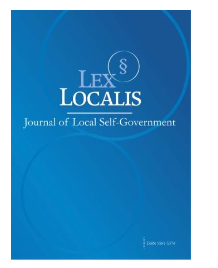GENESIS AND DIVERSIFICATION OF JAMDANI WEAVING: IMPLICATIONS FOR CULTURAL POLICY, LOCAL GOVERNANCE, AND FASHION INDUSTRY
DOI:
https://doi.org/10.52152/8rnnnj32Keywords:
Jamdani weaving; intangible cultural heritage; cultural policy; local governance; fashion industry; sustainable management; cultural governance.Abstract
This study traced the sources and changes of Jamdani weaving, a UNESCO recognized intangible cultural heritage from Bangladesh. It also examined how this centuries-old craft turned into an important element of fashions in contemporary society and its wider implications for cultural policy, local governance, and sustainable industrial development. Following in-depth interviews with weavers, officials and people from the fashion world, and by analyzing cultural policy documents, our research presents the dimensions of Jamdani's social, cultural and economic life. The results showed that Jamdani weaving still serves as more than just a symbol of a cultural force. As the findings make clear, a community's culture and s be its source of sustenance also. Its transplantation into fashion house design exemplifies both resilience and creativity. Yet there are challenges ahead, such as insufficient policy support, lack of local governance frameworks, and market instability. The symposium concluded that integrated cultural policies, better local governance and collaboration among the various stakeholders concerned can help preserve Jamdani as well as increase its market price. In the end, this research probes the relationship between tradition, government structure, and fashion retail management. It offers new insights for both political circles and industry leaders.
Downloads
Published
Issue
Section
License
Copyright (c) 2025 Lex localis - Journal of Local Self-Government

This work is licensed under a Creative Commons Attribution-NonCommercial-NoDerivatives 4.0 International License.








